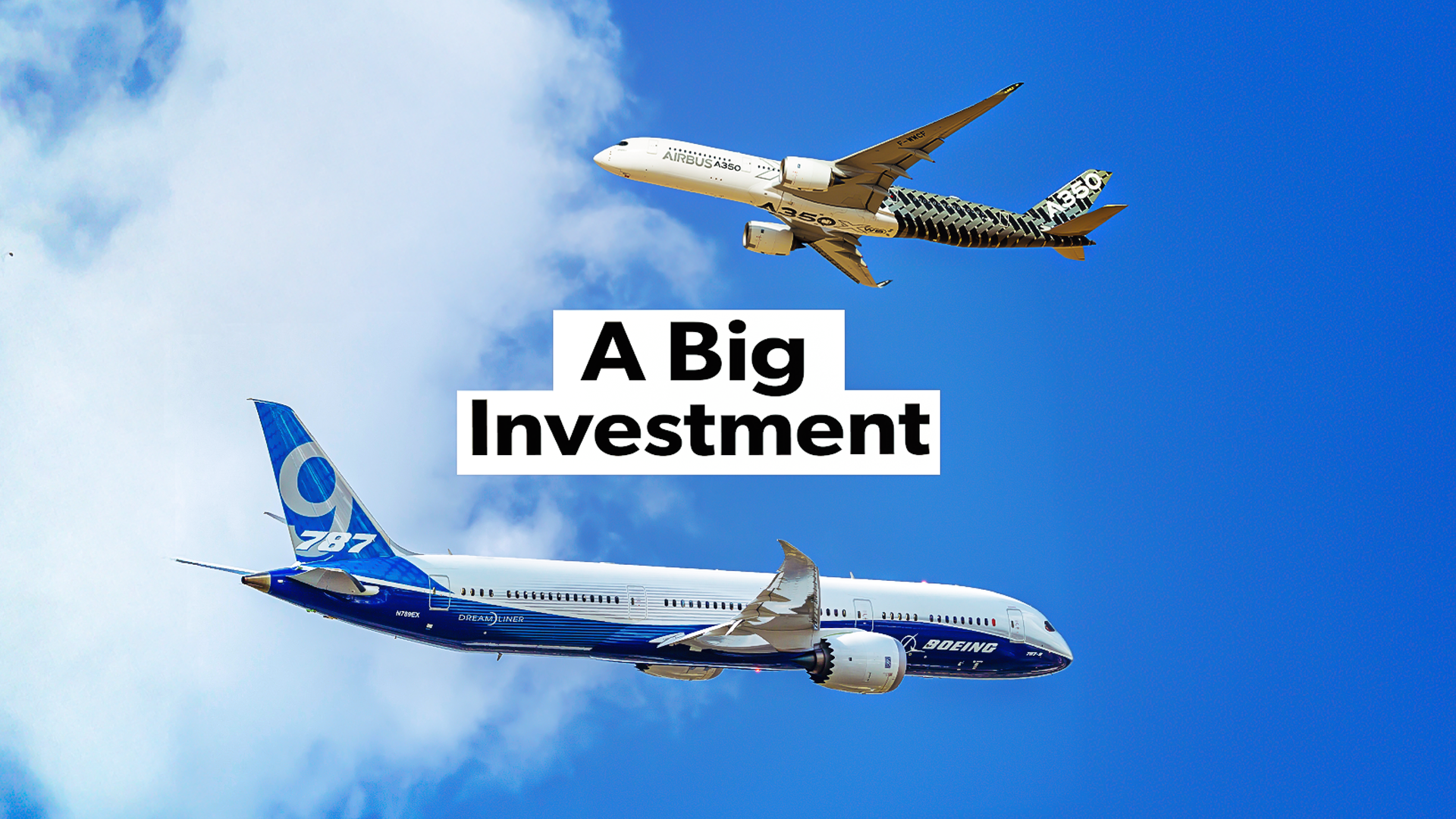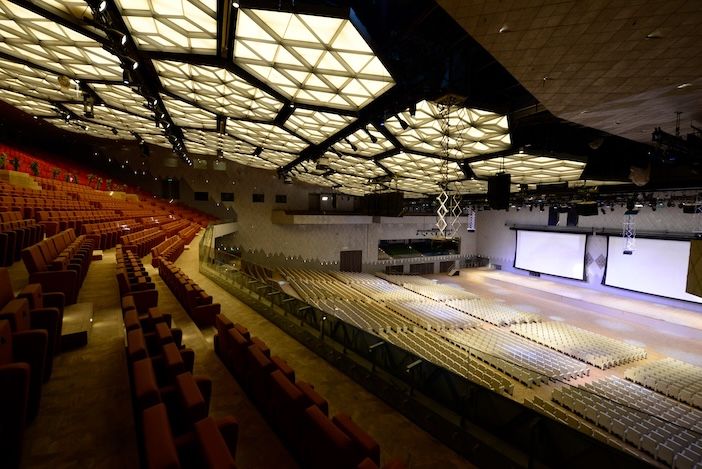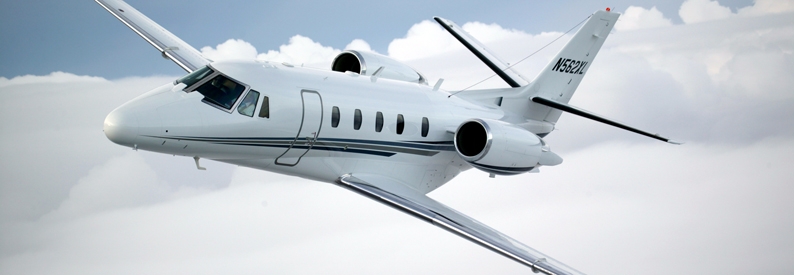Boeing 787 vs Airbus A350: Which Costs More?

The Airbus A350 and Boeing 787 Dreamliner Comparison
The Airbus A350 and Boeing 787 are two of the leading widebodies on the market today. With the Boeing 777X still yet to enter service, the A350 and the 787 are among the newest twin-aisle aircraft models in service today, offering major operational advantages over older widebody jets. With both aircraft families attracting over 1,000 orders (almost 2,000 in the 787s case), Boeing's 787 Dreamliner entered service a few years earlier than the A350 and has thus seen almost double the fulfilled deliveries of its Airbus counterpart as of early 2025. The 787 debuted in 2011 with All Nippon Airways (ANA), followed by the first commercial flight for the A350 with launch customer Qatar Airways in 2015. On paper, both aircraft have similarities, but they can't really be called a direct like-for-like, given that the A350 is on the larger side and boasts longer range. While the original design for the A350 was made to compete with the 787, Airbus later decided on making a bigger aircraft that could compete with the 777 family.
A Dreamliner in a typical two-class configuration seats between 248 and 336 passengers (depending on the variant), while the A350-900 seats between 300-350, and the A350-1000 can accommodate 350–410 passengers across three cabin classes.
Photo: Vincenzo Pace | Simple Flying
Despite their key differences, airlines investing in their long-haul fleet are often torn between Boeing's Dreamliner and the Airbus A350 option.
How much does a Boeing 787 Dreamliner cost compared to an Airbus A350?
The price of a Boeing 787 Dreamliner
Before an airline commits to purchasing a Dreamliner, it needs to settle on which variant it wants. The 787 Dreamliner comes in three models—the 787-8, 787-9, and 787-10—with the stretched -9 variant being the bestseller with over 600 deliveries.
-
787-8
- Length: 186 ft (56.7 m)
- Maximum Takeoff Weight (MTOW): 502,500 lbs (228,000 kg)
- Typical Seating (2-class): 248 passengers
- Range: 7,305 nautical miles (13,530 km)
-
787-9
- Length: 206 ft (63 m)
- Maximum Takeoff Weight (MTOW): 561,000 lbs (255,000 kg)
- Typical Seating (2-class): 296 passengers
- Range: 7,565 nautical miles (14,010 km)
-
787-10
- Length: 224 ft (68 m)
- Maximum Takeoff Weight (MTOW): 560,000 lbs (254,000 kg)
- Typical Seating (2-class): 336 passengers
- Range: 6,330 nautical miles (11,730 km)
Photo: Felix Tchvertkin | Shutterstock
The 787-8 was the original variant that entered service in 2011 with ANA, before the -9 debuted in 2014 (also with ANA), and the extra-stretched -10 variant made its debut in 2018 with Singapore Airlines.
So what is the price of each variant? According to IBA's latest valuations, the list price of the Dreamliner starts at over $248 million:
- 787-8: $248.3 million
- 787-9: $292.5 million
- 787-10: $338.4 million
Now, it's important to note that these are Boeing's advertised list prices, but in reality, airlines will be paying a lot less per airframe. The discount per aircraft will go up depending on the size of the order (and other particulars), with some orders seeing up to 50% or more knocked off the list price on a per unit basis.
Photo: Riyadh Air This generous discount strategy serves Boeing well, fostering long-term relationships with airlines and securing bulk orders that are essential for the 787's production line's sustainability. Similarly, Airbus employs a comparable pricing strategy for the A350, recognizing that the sticker price is merely a starting point for negotiations. Both manufacturers understand that the final transaction price will reflect a myriad of factors, including customization options, after-sales support agreements, and financing terms, which can significantly affect the overall cost of acquisition for the airlines.


:max_bytes(150000):strip_icc()/GettyImages-2175886042-ac02b8f00d5446a682be3d4f3c2838ee.jpg)






